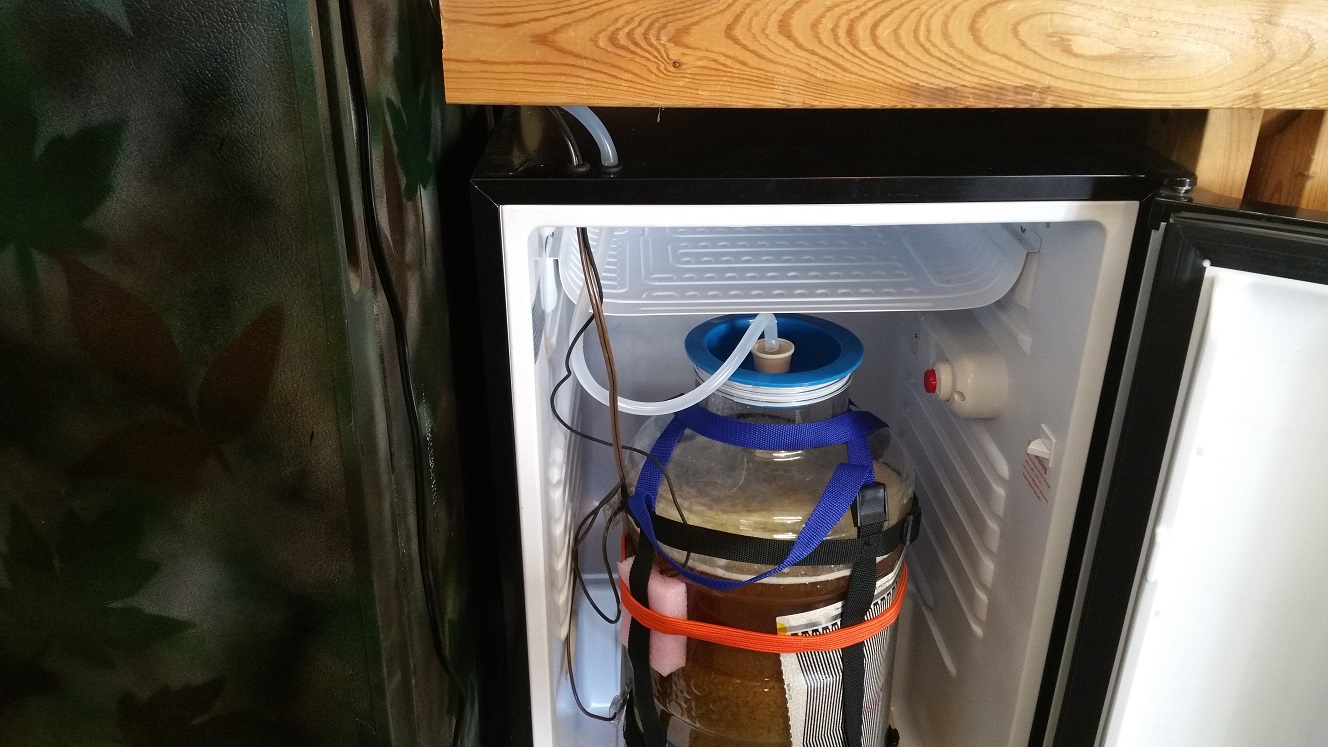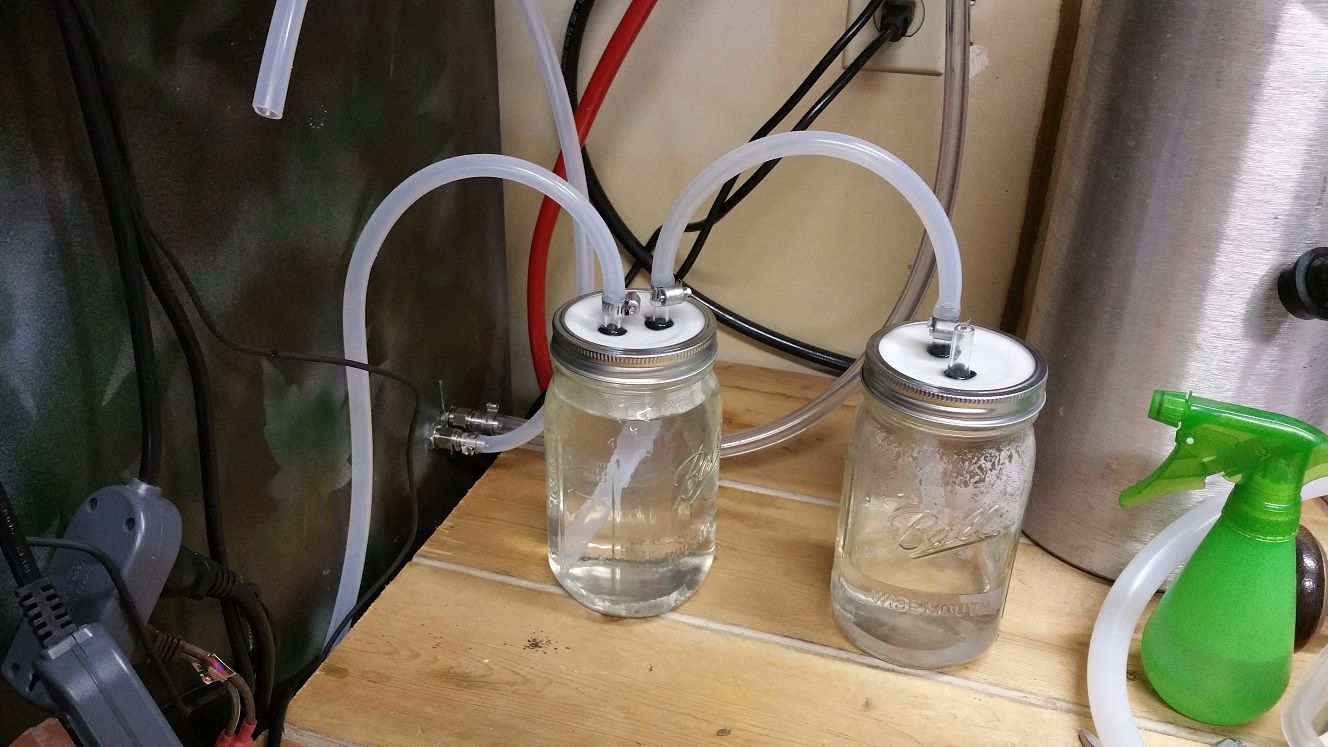So I'm taking my first stab at spunding, aiming to dry hop under pressure. My problem is that I tried to harness the C02 from my carboy fermenter to purge the serving keg, but it did not work.
I brewed an NE IPA variant last Wednesday, the 21st. Temp controlled fermentation at 66 for first 3 days. Using 1318, had a vigorous ferment that required a blow off tube. Yesterday I replaced the blow off tube with basically a keg jumper from the carboy to the liquid in post on the serving keg. I did this by inserting a barb into a drilled bung, then screwed one end of the jumper onto the barb and inserted it into the carboy cap (using a BMB).
I've used this same bung-barb set up to push beer out for closed transfers, so I know it works for that purpose. But it doesn't seem to be pushing much, if any, C02 into the keg. I attached a spunding valve onto the gas in post on the keg to monitor pressure and it never budged off 0. When I released the PRV after 12 hours, it let out just a faint hiss of gas. I've pressurized the keg using my regular C02 source, so it is not leaking.
Any ideas as to what I'm doing wrong?
I brewed an NE IPA variant last Wednesday, the 21st. Temp controlled fermentation at 66 for first 3 days. Using 1318, had a vigorous ferment that required a blow off tube. Yesterday I replaced the blow off tube with basically a keg jumper from the carboy to the liquid in post on the serving keg. I did this by inserting a barb into a drilled bung, then screwed one end of the jumper onto the barb and inserted it into the carboy cap (using a BMB).
I've used this same bung-barb set up to push beer out for closed transfers, so I know it works for that purpose. But it doesn't seem to be pushing much, if any, C02 into the keg. I attached a spunding valve onto the gas in post on the keg to monitor pressure and it never budged off 0. When I released the PRV after 12 hours, it let out just a faint hiss of gas. I've pressurized the keg using my regular C02 source, so it is not leaking.
Any ideas as to what I'm doing wrong?
















![Craft A Brew - Safale S-04 Dry Yeast - Fermentis - English Ale Dry Yeast - For English and American Ales and Hard Apple Ciders - Ingredients for Home Brewing - Beer Making Supplies - [1 Pack]](https://m.media-amazon.com/images/I/41fVGNh6JfL._SL500_.jpg)










































